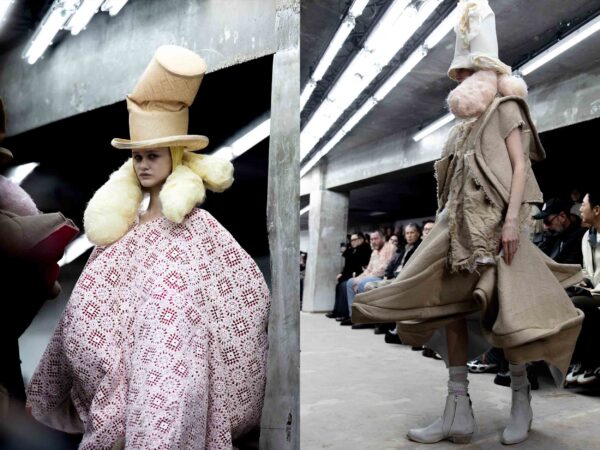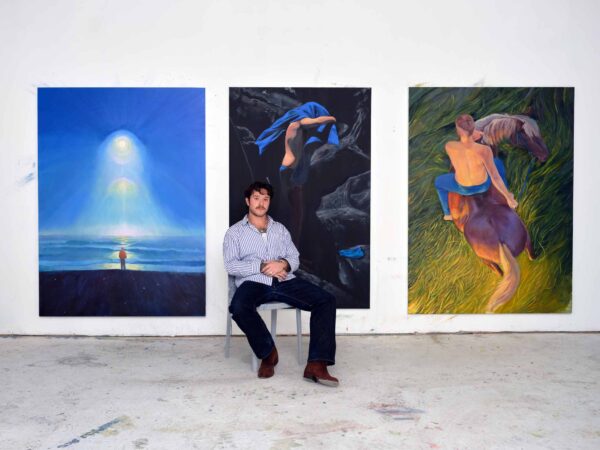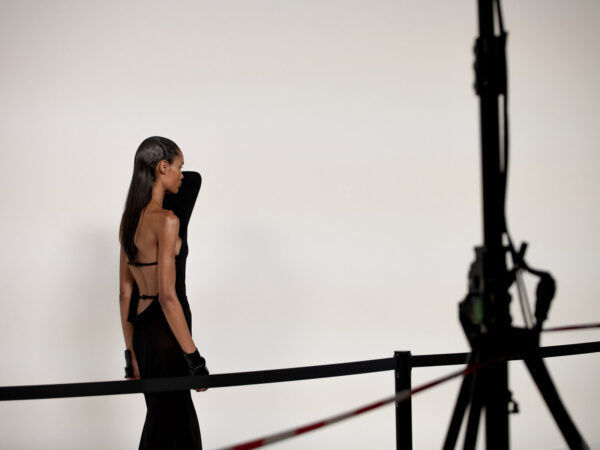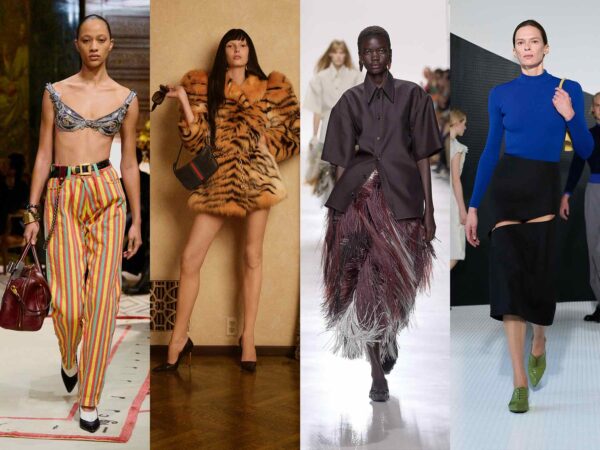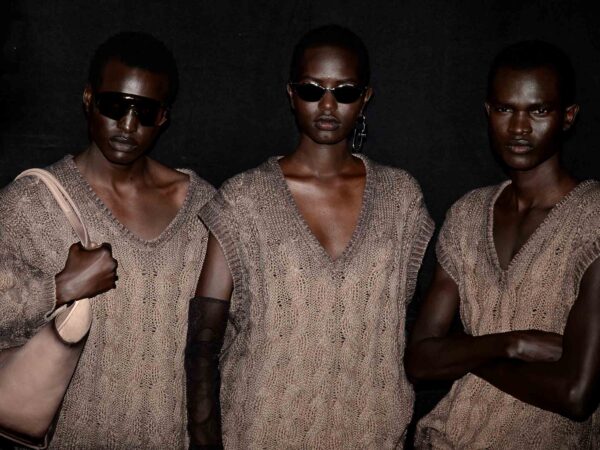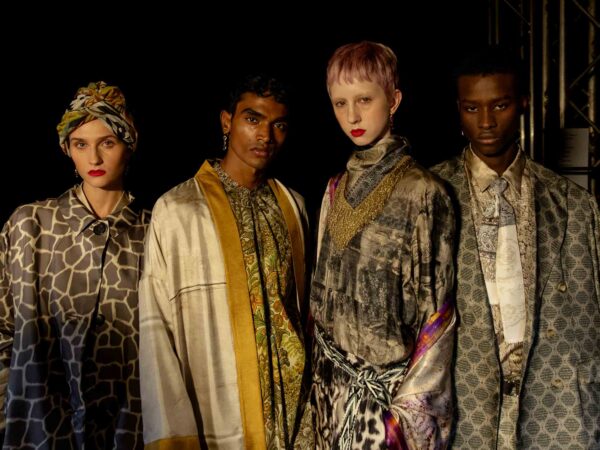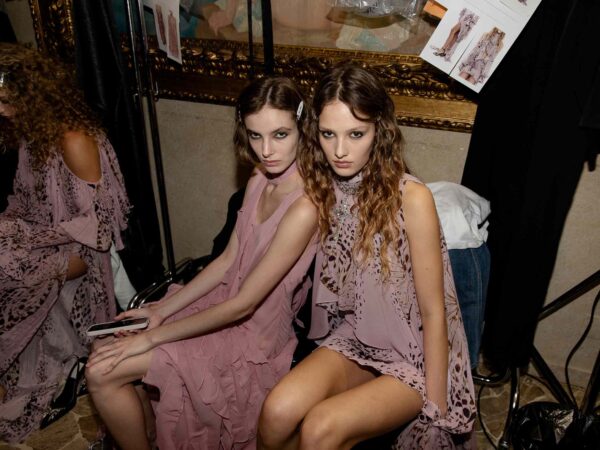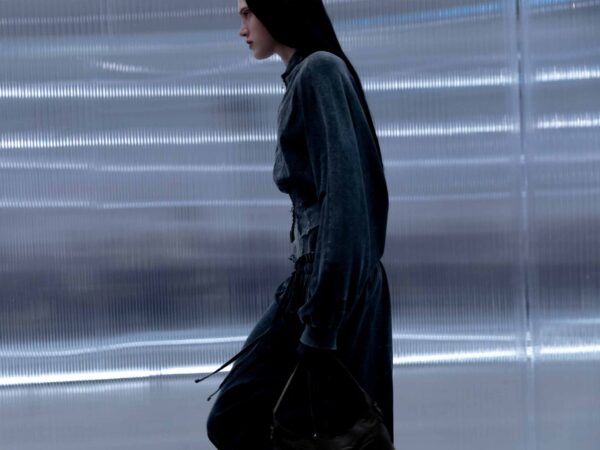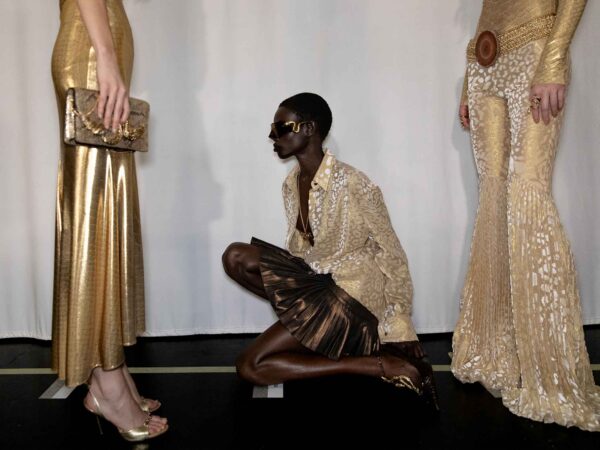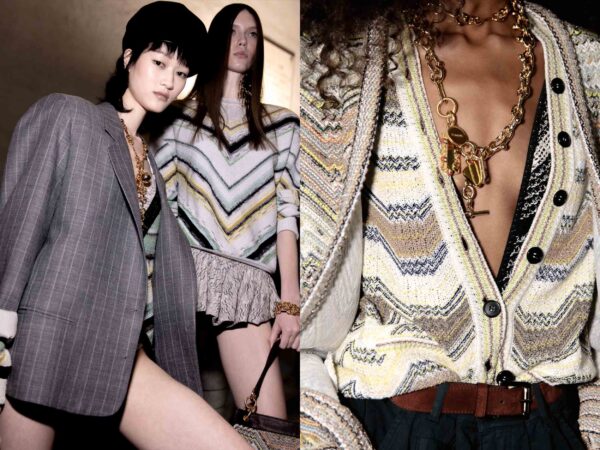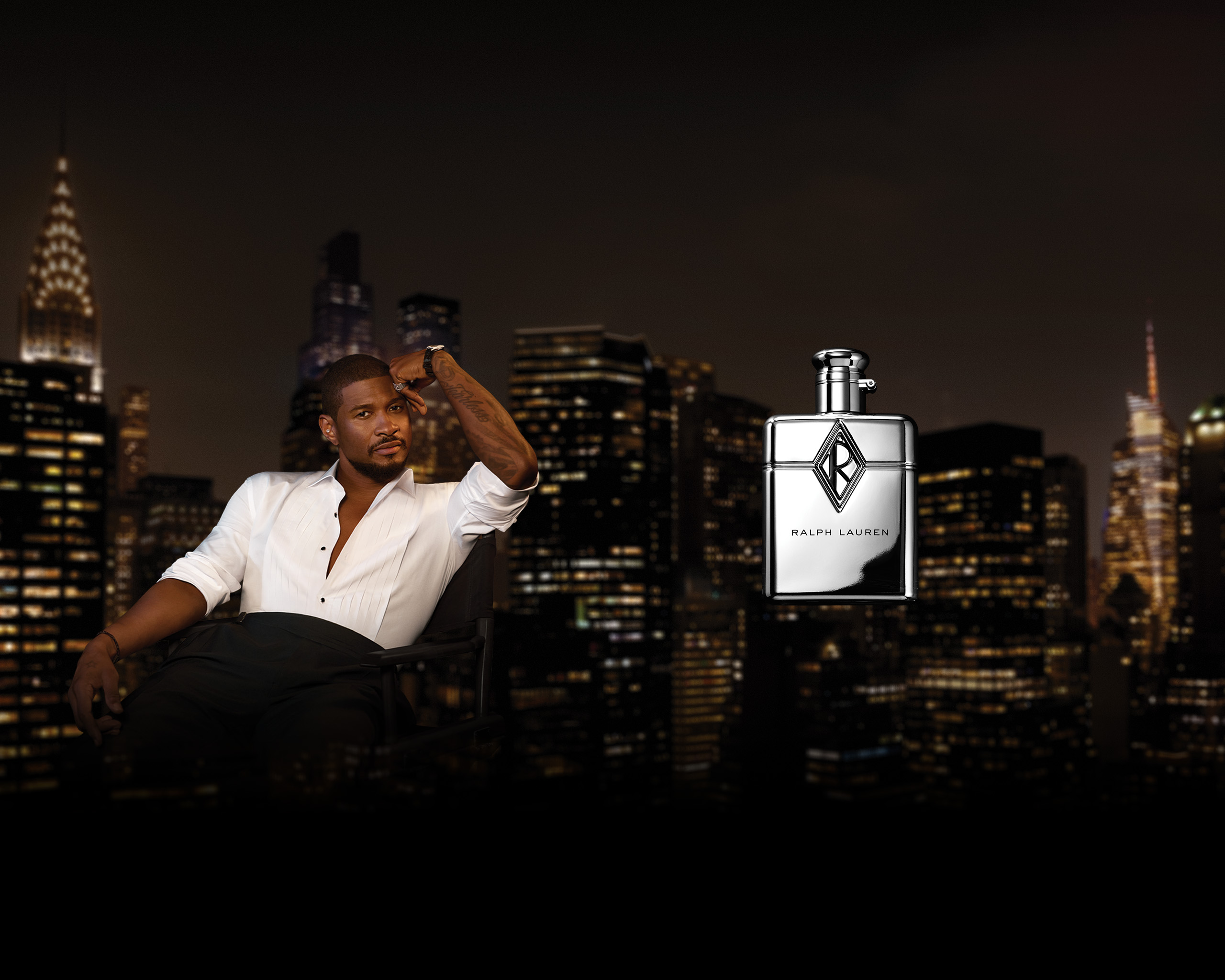Jeff Ihaza and Jarod Taber's new zine upends stereotypes about today's 'phone-obsessed' generation.
Jeff Ihaza and Jarod Taber of Secret Magazine transformed the online platform started in 2016 into a brand-new print publication which launched this weekend at Import News. The requisite for the magazine came from a general misunderstanding of youth culture or rather a need to delineate the misconceptions being dictated to this generation as a whole. As a 13-year-old, Ihaza recalled observing the way CNN anchors described youth tendencies and wanting to do the opposite. “I have a strong sense that kids right now aren’t as phone-obsessed as the adults who write about kids think they are,” said Ihaza. Document’s Shawn Lakin discussed with the founder and the art director about how large media outlets have youth pegged all wrong.
Above The Fold

Sam Contis Studies Male Seclusion

Slava Mogutin: “I Transgress, Therefore I Am”

The Present Past: Backstage New York Fashion Week Men’s Spring/Summer 2018

Pierre Bergé Has Died At 86

Falls the Shadow: Maria Grazia Chiuri Designs for Works & Process

An Olfactory Memory Inspires Jason Wu’s First Fragrance

Brave New Wonders: A Preview of the Inaugural Edition of “Close”

Georgia Hilmer’s Fashion Month, Part One

Modelogue: Georgia Hilmer’s Fashion Month, Part Two

Surf League by Thom Browne

Nick Hornby: Grand Narratives and Little Anecdotes

The New Helmut

Designer Turned Artist Jean-Charles de Castelbajac is the Pope of Pop

Splendid Reverie: Backstage Paris Haute Couture Fall/Winter 2017

Tom Burr Cultivates Space at Marcel Breuer’s Pirelli Tire Building

Ludovic de Saint Sernin Debuts Eponymous Collection in Paris

Peaceful Sedition: Backstage Paris Fashion Week Men’s Spring/Summer 2018
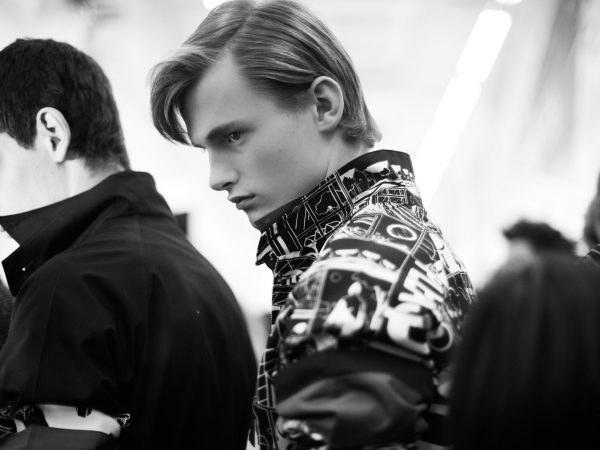
Ephemeral Relief: Backstage Milan Fashion Week Men’s Spring/Summer 2018

Olivier Saillard Challenges the Concept of a Museum

“Not Yours”: A New Film by Document and Diane Russo

Introducing: Kozaburo, 2017 LVMH Prize Finalist

Introducing: Marine Serre, 2017 LVMH Prize Finalist

Conscious Skin

Escapism Revived: Backstage London Fashion Week Men’s Spring/Summer 2018

Introducing: Cecilie Bahnsen, 2017 LVMH Prize Finalist

Introducing: Ambush, 2017 LVMH Prize Finalist

New Artifacts

Introducing: Nabil Nayal, 2017 LVMH Prize Finalist

Bringing the House Down

Introducing: Molly Goddard, 2017 LVMH Prize Finalist

Introducing: Atlein, 2017 LVMH Prize Finalist

Introducing: Jahnkoy, 2017 LVMH Prize Finalist

LVMH’s Final Eight

Escaping Reality: A Tour Through the 57th Venice Biennale with Patrik Ervell

Adorned and Subverted: Backstage MB Fashion Week Tbilisi Autumn/Winter 2017

The Geometry of Sound

Klaus Biesenbach Uncovers Papo Colo’s Artistic Legacy in Puerto Rico’s Rainforest

Westward Bound: Backstage Dior Resort 2018

Artist Francesco Vezzoli Uncovers the Radical Images of Lisetta Carmi with MoMA’s Roxana Marcoci

A Weekend in Berlin

Centered Rhyme by Elaine Lustig Cohen and Hermès

How to Proceed: “fashion after Fashion”

Robin Broadbent’s Inanimate Portraits

“Speak Easy”

Revelations of Truth

Re-Realizing the American Dream

Tomihiro Kono’s Hair Sculpting Process

The Art of Craft in the 21st Century

Strength and Rebellion: Backstage Seoul Fashion Week Autumn/Winter 2017

Decorative Growth

The Faces of London

Document Turns Five
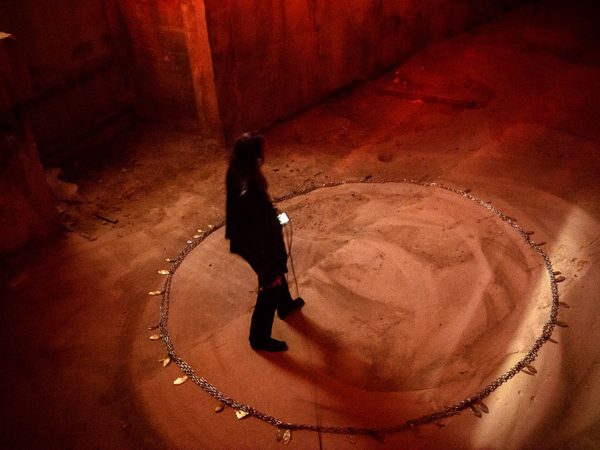
Synthesized Chaos: “Scholomance” by Nico Vascellari

A Whole New World for Janette Beckman

New Ceremony: Backstage Paris Fashion Week Autumn/Winter 2017
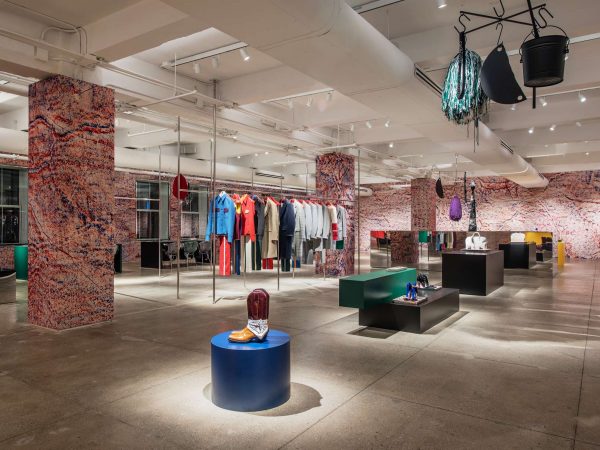
New Perspectives on an American Classic

Realized Attraction: Backstage Milan Fashion Week Autumn/Winter 2017

Dematerialization: “Escape Attempts” at Shulamit Nazarian

“XOXO” by Jesse Mockrin

Brilliant Light: Backstage London Fashion Week Autumn/Winter 2017

The Form Challenged: Backstage New York Fashion Week Autumn/Winter 2017

Art for Tomorrow: Istanbul’74 Crafts Postcards for Project Lift

Inspiration & Progress

Paskal’s Theory of Design

On the Road

In Taiwan, American Designer Daniel DuGoff Finds Revelation

The Kit To Fixing Fashion

The Game Has Changed: Backstage New York Fashion Week Men’s Autumn/Winter 2017

Class is in Session: Andres Serrano at The School

Forma Originale: Burberry Previews February 2017

“Theoria”

Wearing Wanderlust: Waris Ahluwalia x The Kooples

Approaching Splendor: Backstage Paris Haute Couture Spring/Summer 2017

In Florence, History Returns Onstage

An Island Aesthetic: Loewe Travels to Ibiza

Wilfried Lantoine Takes His Collection to the Dancefloor

A Return To Form: Backstage New York Fashion Week Spring/Summer 2018

20 Years of Jeremy Scott

Offline in Cuba

Distortion of the Everyday at Faustine Steinmetz

Archetypes Redefined: Backstage London Fashion Week Spring/Summer 2018

Spring/Summer 2018 Through the Lens of Designer Erdem Moralıoğlu

A Week of Icons: Backstage Milan Fashion Week Spring/Summer 2018

Toasting the New Edition of Document

Embodying Rick Owens

Prada Channels the Wonder Women Illustrators of the 1940s
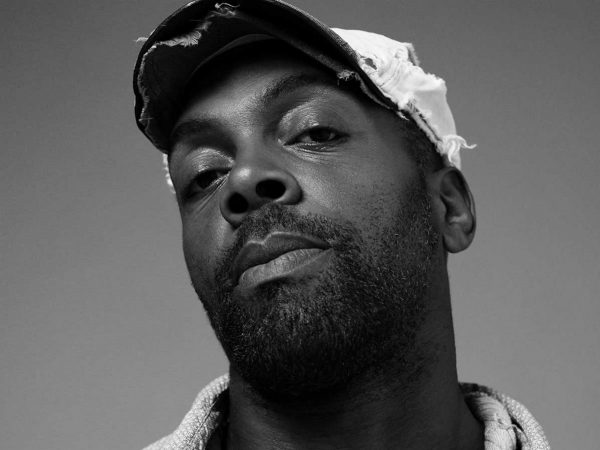
Andre Walker’s Collection 30 Years in the Making

Fallen From Grace, An Exclusive Look at Item Idem’s “NUII”

Breaking the System: Backstage Paris Fashion Week Men’s Autumn/Winter 2017

A Modern Manufactory at Mykita Studio

A Wanted Gleam: Backstage Milan Fashion Week Men’s Autumn/Winter 2017

Fashion’s Next, Cottweiler and Gabriela Hearst Take International Woolmark Prize

Beauty in Disorder: Backstage London Fashion Week Men’s Autumn/Winter 2017

“Dior by Mats Gustafson”

Prada’s Power

George Michael’s Epochal Supermodel Lip Sync

The Search for the Spirit of Miss General Idea

A Trace of the Real

Wear and Sniff

Underwater, Doug Aitken Returns to the Real
Shawn Lakin—What are both of your roles in the making of the magazine?
Jeff Ihaza—I started Secret as an online platform in 2015, 2016. It was started as a way for me to get my foot in the door in New York media. I came here from Pittsburgh, and I didn’t really have bylines anywhere, and I had all of these ideas. I just started this whole quasi-Vice, youth media platform on my own to show that I could do it. That ended up leading to me getting work and becoming a decently professional writer, and published in other places. As time went on it became a place for a lot of my work that didn’t fit in any of the outlets that I was writing for. So anytime I had an idea that was off-beat or something that was a little less traffic-generating in the media landscape, I would put it on to Secret. That kept going for a few years and as my career went forward and kept progressing, I just got to a place where I thought I always wanted to print this, I always wanted to make this a print magazine, and now is a really interesting and good time to go for it, so I recruited Jarod, who’s a man about town who knows how to do just about anything to help on the visual side of things, because I was just doing it all alone for so long that I thought it’s kind of time to bring in a visual expert.
Shawn—So, Jarod, you designed it?
Jarod Taber—I’m credited in the magazine as an art director, but you could say I definitely art directed all of the visual imagery alongside Jeff for all the articles and what not, but I also come from a more art and design background, having owned a gallery at one point in time, and then also the kind of work that I work in is definitely more digital design related, so I’m constantly working with photographers, or with specific brand shoots, or other things that I’ve done through Wash & Fold, which is my little creative studio. I’m the art director in the sense where I’ve been tapped into a community of photographers or what not that I thought could really bring a specific aesthetic to some of the articles that Jeff had originally written and had come to me with.
Shawn—The first thing I read from what you sent me, Jarod, about this magazine was the all-caps disclaimer, ‘THIS IS NOT A COFFEE TABLE BOOK.’ What led to the importance of that distinction?
Jeff—I think it’s interesting, too, thinking about bringing Jarod on to help with that visual side of things, because I was very stubborn in my own way of thinking. You see a lot of magazines get released, you see a lot of book launches, you see a lot of zines, you see a lot of these print ephemera, and it’s turned into more of an exercise in branding than it is an exercise in actually creating something that is legible and interesting, and curious in presenting ideas that challenge people in one way or another. I didn’t actually come up with “this is not a coffee table book,” but that’s something that I definitely say a lot. I think there is currently a pretty noticeable saturation of projects that sort of feel like, Ok these guys did this little book thing, but what’s in it? That’s something that’s been very important to me, just because, for one, my reputation as a journalist is not necessarily someone who does lots of pieces, so it’s just not really on brand for me to put something out that’s just like, here’s a bunch of moody images, and nothing really inside of it. On the other side of that, something that I just feel really strongly about, is I don’t think anyone is challenging young creative, young interested, curious people in the way that generations prior were challenged.
Jarod—I think because I’m the one that put that disclaimer up, I think a lot of making the magazine with Jeff, whether it’s a good thing or a bad thing, I do care a lot about print quality and stuff like that, so much so that I think it can get in the way. Sometimes, especially, when working on a project like this, that isn’t necessarily for aesthetics, it’s for storytelling and narrative. I think it’s important that the magazine is accessible because the audience that it is speaking to is a little bit of a younger generation, or the kids in Pittsburgh, per se, or whatever—I don’t think Pittsburgh is so disconnected, but that would see the magazine, pick it up, and find out something new that they hadn’t heard of, or got inspired in one way or another. I think it’s an accessibility thing. Sometimes you walk into Iconic, or you walk into Import, or any number of these magazine stores and just have everything shrink-wrapped and it’s a book, it’s $50. We wanted it to, more or less, be something that people could just pick up and thrash as you would a New Yorker. Throw it in your backpack, and it’s not so precious.
Shawn—You guys have kind of talked about this, but if you were to say what the ethos of the magazine is, in a clear, concise artist statement, what would you say?
Jeff—I think what I’m working with now is a general youth culture magazine. omething has happened in the past five years where we’ve forgotten that they can ask their own questions and think for themselves. I think we’ve gotten to a place where everything feels really–the teens equals this, or young people like this, or if it’s big on Spotify, that’s because young people like it. I think what we’re presenting is something that treats young people like anyone else.
Shawn—How did you guys meet?
Jarod—I liked what Jeff was wearing one day when I saw him at Vice, and I was like, hey I like the outfit. Then we became friends.
Shawn—So you had a meet cute.
Jarod—Exactly.
Shawn—Jeff, in the magazine you write about the exploration of the growing recycled clothing movement. Can you talk about that and why the issue is important to you?
Jeff—The headline on that story is “there’s already enough stuff.” And it’s something which I’ve been thinking about more since writing it. The idea there is really looking at the growth of platforms like Depop and Grailed and Poshmark, there’s like a million of them now, and how young consumers are less inclined to just go to the store and buy a new thing when there are so many apps to be trading clothes and buying different vintage looks and getting really into the esoteric stitching on a particular pair of New Balances or something from the ‘90s or whatever. I just started noticing that among the people around me and a lot of the younger kids I would see skating, and thought, oh they don’t even realize that they’re tapping into an idea that is bigger than a trend and that speaks to how consumption needs to move, like human consumption has to move towards recycling, has to move towards looking to what already exists to sustain ourselves and to live off of. I think the reason that really resonates to me personally, is that there is a huge moment right now of trying to present sustainability as their mission, but I think if you get down and look at it, the most sustainable thing to do is to go out and find something that already exists, not to buy a new jacket because it’s made out of recycled plastic.
Shawn—Prolong the lifespan of a garment.
Jeff—It’s almost like neoliberalism versus Marxism or something. You have this one side that says you can consume your way out of environmental disaster, and this other side that says no, actually radically change how you approach the world.
Shawn—What other contributors are you super excited that you included in the issue?
Jeff—Everyone said yes that I asked to write something which was really exciting. Nazuk [Kocchar] is a Lil Uzi Vert expert, so when I approached her to write about how Lil Uzi Vert’s fans share snippets from Instagram and sometimes literally remaster these very crudely recorded songs into full tracks. That’s something I’m really stoked on. Alice Hines is a really cool writer, just one of the best young writers out right now, in my opinion, and she’s really good at—she’s a really big expert in the space of Ali Baba and the supply chain side of fashion, and she did a fun deep-dive into the types of things you can buy on Ali Baba and Ali Express, and I thought that was really fun and cool. The photographers are really exciting, Jack Bool who shot the cover is a very exciting photographer and also a very great—
Jarod—Jack’s cover photo is probably my favorite photo in the whole thing. Also just because he’s such an untapped source of—he just has a really special aesthetic and he’s very humble about it. I think we definitely gathered what I feel like as a group of very humble people who made some really exciting work and it definitely shows.
Shawn—Can you walk me through the cover? How did it come to be?
Jeff—There’s a story in the magazine about these two kids who go to derelict plots of land in New York and throw art shows there. The initial concept was to go to one of their spots and do an end of the world, where two models were in a tent and you can kind of see New York in the background. Somehow that fell through, the spot was locked away or something. It was within three days before Jack came to New York that we had to figure out a new idea. Me and Jarod were in a coffee shop somewhere around where that electronic store is on Canal Street. And I’d always just liked the way it looks in there, I’d gone in there a few weeks prior and just took a photo on Instagram just because I thought it looked interesting. I thought, Oh what if we got this kid Max, who’s an incredible skateboarder and just has a very unique look, I think he would be so cool in there. A few days we were all there and we just shot it. It was kind of just a funny, serendipitous type of thing.
Jarod—And the dude that owns the store is amazing. I’ve gone in there and bought old tapes and stuff like that for one of my camcorders. He literally let us give him a hundred bucks, and let us shoot in there for an hour—we got to go behind the counter and basically do whatever we want in the space, and he was super chill, and he’s super chill to this day.e still asks me when the magazine is gonna come out.
Jeff—I was toying with this idea ofthinking about technology in the same way where it’s like, we’ve gone through so many generations of the same technological device that’s maybe faster, or smaller, or lighter or whatever, and I was just very curious about this idea of like being among old technology, and what that physical manifestation looked and feels like, and what is says about right now.
Shawn—You also said the publication explores subcultures as they evolve and mutate in the social media age. Can you talk about what you mean by this and why you decided to make this a printed object instead of having it live in that social media space?
Jeff—I was thinking about subculture a lot. The whole Secret idea came out of me being very interested in writing about up-and-coming bands, or up-and-coming artists in that way. The way I think about subculture now, is tied to what I was thinking about before about the way that we think of young people as Monoliths who all live on their phones and don’t do anything else, and I just wanted to toy with the idea of–I have a strong sense, just because I remember being 13 and wanting to do the opposite of everything that the CNN anchors said that young people were doing, and I have a strong sense that kids right now aren’t as phone-obsessed as the adults who write about kids think they are. I kind of wanted to play with what if you did something for young people that was analog. What if you treated it like it was the ‘90s or something. What I was really getting at in all of those conversations was how do you do something now that feels authentic to yourself and doesn’t feel like you’re trying to sell something. The social media age has kind of created this idea that the moment you can generate interest in what you’re doing, it is profitable, and then it turns into a market-driven thing as opposed a—you can call it a spirit-driven thing or just creativity for creativity’s sake. So I was really interested in how people make things at a smaller scale that still resonate and still hits and audience in a way that means something. I think Jack Greer’s one of the most interesting interviews in it, in that sense because the way he makes stuff, the way he makes his shirts and the way he operates his brand is very much like, I will never do this to the point of where I have to make a million shirts that I don’t like, just because it’ll pay for itself that way. I thought that was really interesting. He’s got like an artificial ceiling on his production and that’s how he keeps it from becoming Supreme or Off-White or something. I think that’s an interesting way in looking at subculture in the time that we live now where you almost have to intentionally defy that market pressure because it supplies to so many parts of our lives now, and it’s just interesting to see how different artists approach that.
Shawn—What’s next for you guys?
Jeff—Hopefully tomorrow a bunch of people come and buy this thing, I don’t know [laughs]. I think we’re definitely on issue two stuff, really just to keep it going. I think we’ll see what the audience—what the response is like to this one and the exciting thing for me is to really take in that response and make something new out of it, because when you start something from scratch it’s like, no one knew what this was, no one knows what it is, so there’s no real reference point, so moving on from this it’ll be exciting to have like, okay we did that, now what does the next one look like?
Jarod—I also think, personally, that there’s some bit of a through-line in some of the stories, specifically Lotte Anderson and how she reversed the space of doing her Maxilla style and parties, and what those turned into, and where she’s at now as an artist, and I also know. I think a lot of magazines are trying to have more of a presence in the physical space but I hope that as we grow and develop the magazine more and do more things, and we’re with more people, that we can also have more of a physical presence that with these ideas of social media and subculture and all that stuff that we can—we all have to use social media as a tool to put things out there now, and announce things, I did send a 150 person email blast yesterday and gassing up the whole launch on Instagram because that’s the only way you can get people out to things I feel like, in some ways. But it would be nice to try to move away from that and build a sense of community around the magazine and also start doing more events and more things with the people we collaborate with, and I don’t mean events in the corny way because I know a lot of magazines are trying to do discussion panels all the time and stuff like that, which I don’t think is super corny, but I think that there’s a way to further the narrative of a magazine through physical activations, if you will, without sounding super agency-like. Trying to tap into that world, and figure out how to translate the magazine into a physical space as well. So I think that’s something we’re going to toy with as time goes on.









